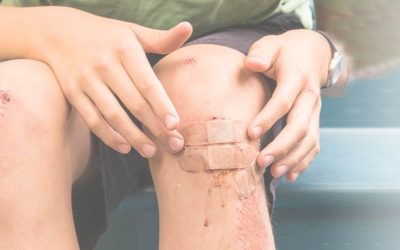The most common cause for nosebleeds is digital trauma, or nose picking. Colds or allergies can also lead to nosebleeds when your child is blowing or picking the nose or putting pressure inside the nose with tissues. Less commonly, nosebleeds can be caused by foreign bodies lodged in the nose, injuries, polyps or even a bleeding disorder.
How can we prevent them?
To prevent nosebleeds, elevating humidity can be very helpful. I recommend using a humidifier in your child’s room when he or she is sleeping. You can also lubricate the inside of the nose with petroleum jelly on a cotton swab. You only need to place the cotton swab a few millimeters inside the nose to coat the nostrils. Avoid picking, and refrain from placing other foreign bodies in the nostrils like tissue.
Stopping a nosebleed
When your child does have a nosebleed, I suggest tightly squeezing the two sides of the nose just above the nostrils. Apply firm pressure for at least 10 minutes. Have your child sit with her or his head forward to prevent blood from flowing to the back of the throat. Avoid finger picking and blowing the nose for the next few hours as this skin might be sensitive.
If your child is having recurrent nosebleeds, especially from the same side, your child’s doctor might consider other treatments such as cautery.
When should you be worried?
You should seek medical attention if your child has any of the following symptoms with their nosebleed:
1. Epistaxis that has not stopped within 20 minutes
2. A nosebleed that is related to a head injury
3. Recurrent and severe nosebleeds
4. Other signs of bleeding (gum bleeding, blood in the urine or stool, or recurrent bruising)
5. A family history of bleeding










